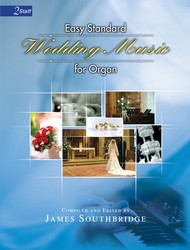- |
User Links
Baptized in Water
Hymn Information
- First Line
- Baptized in water
- Author
- Michael Saward (1981)
- Tune Name
- BUNESSAN
- Harmonizer
- Dale Grotenhuis, 1931-2012 (1985)
- Tune Source
- Gaelic
- Topic
- Church Year: Easter Vigil · Praise of God · Trinity · Elements of Worship: Baptism
Copyright Information
- Text Copyright
- © 1982 The Jubilate Group, admin. Hope Publishing Company
- Tune Copyright
- Harm. © 1987 Faith Alive Christian Resources
- Reprint/Projection Information
- Words: Permitted with a license from CCLI.com or from OneLicense.net. If you do not own one of these licenses, please contact the copyright holder for permission.
- Music: Permitted with a license from CCLI.com or from OneLicense.net. If you do not own one of these licenses, please contact the copyright holder for permission.
Full Text
Scripture References
Further Reflections on Scripture References
This song explains the New Testament theology on baptism in a rather compact way. The first line in each stanza alludes to John 3:5, Ephesians 1:13, and 1 Peter 3:21. The rest of each stanza explains the process symbolized by baptism: being cleansed by Christ's blood for salvation and godly living (st. 1); dying and being buried with Christ and rising again, free and forgiven (st. 2); and gaining the privilege of becoming God's children through Christ (st. 3). Each stanza also finishes with a note of praise to God. The text is powerful precisely because it is biblical.
Bert Polman, Psalter Hymnal Handbook
Confessions and Statements of Faith References
Further Reflections on Confessions and Statements of Faith References
In each stanza of “Baptized in Water,” the phrase “sealed by the Spirit” is paired with “baptized in water” and reflects what Heidelberg Catechism, Lord’s Day 26, Question and Answer 70 says: “To be washed with Christ’s Spirit means that the Holy Spirit has renewed and sanctified us to be members of Christ…”


 My Starred Hymns
My Starred Hymns






